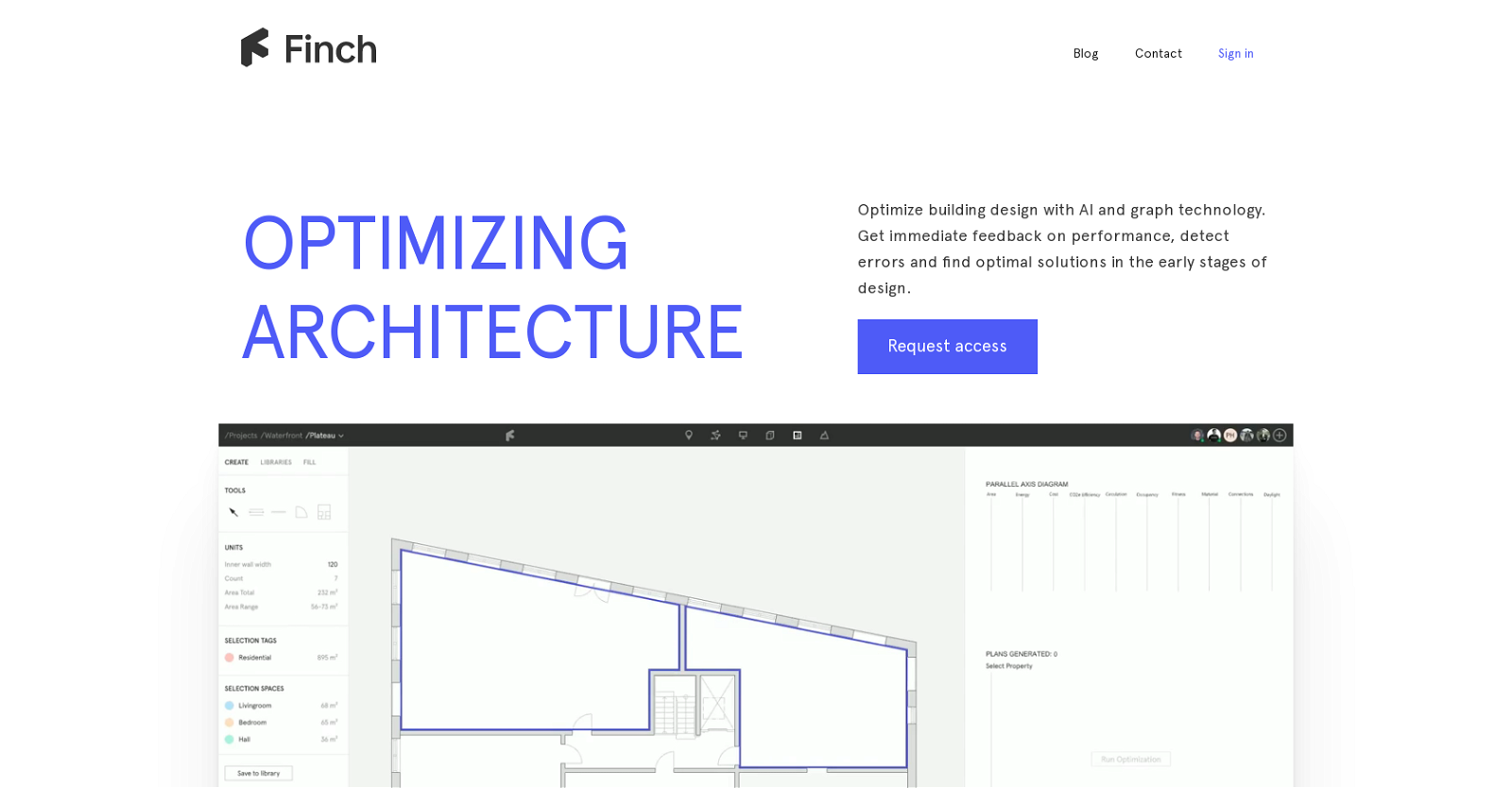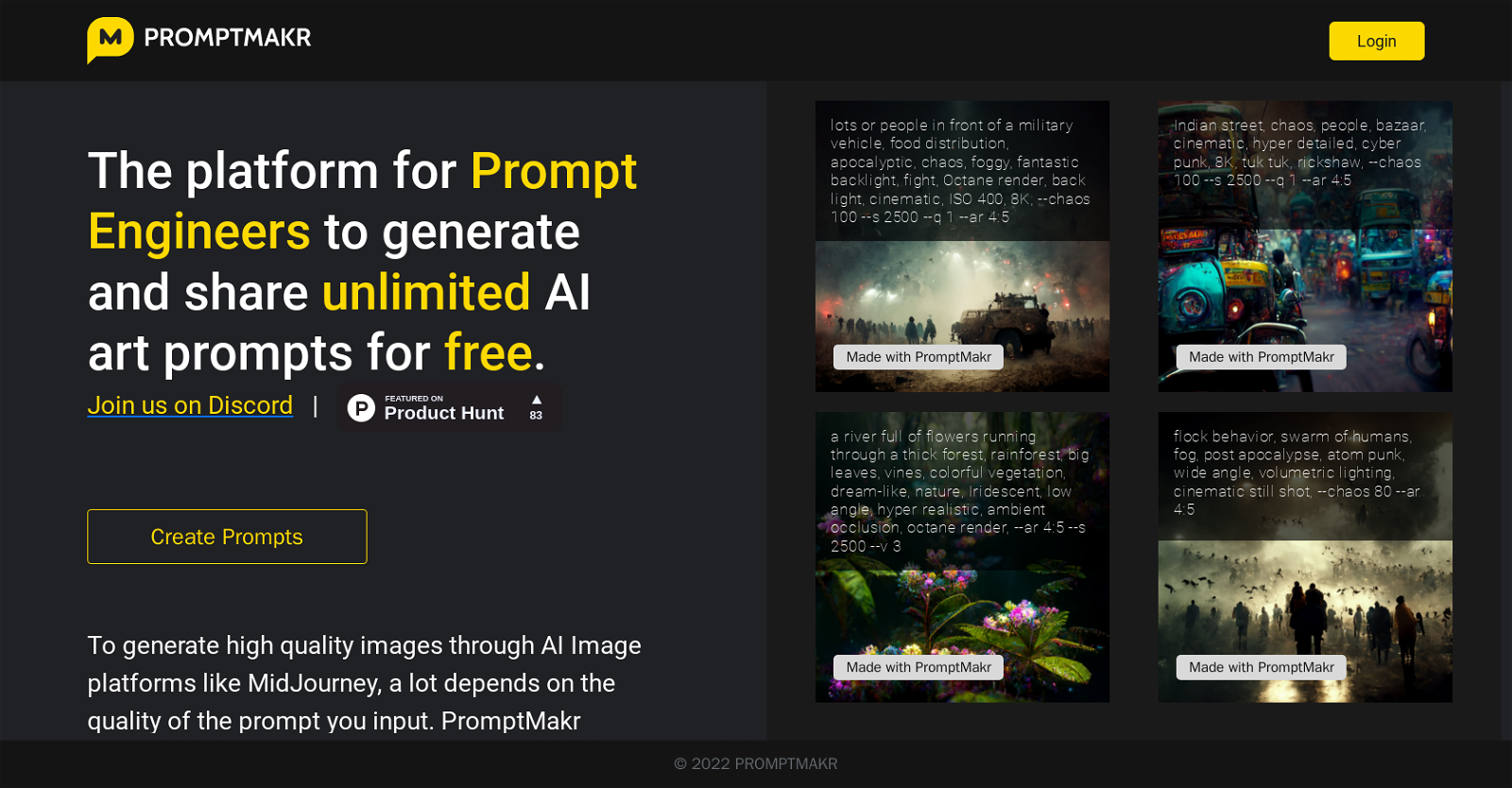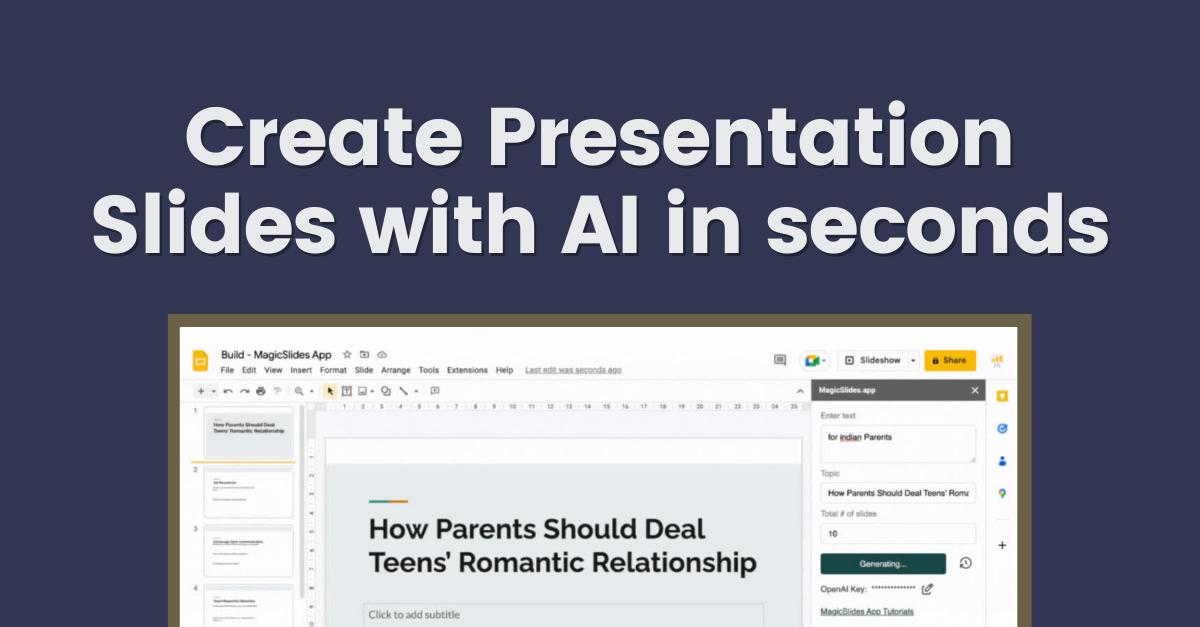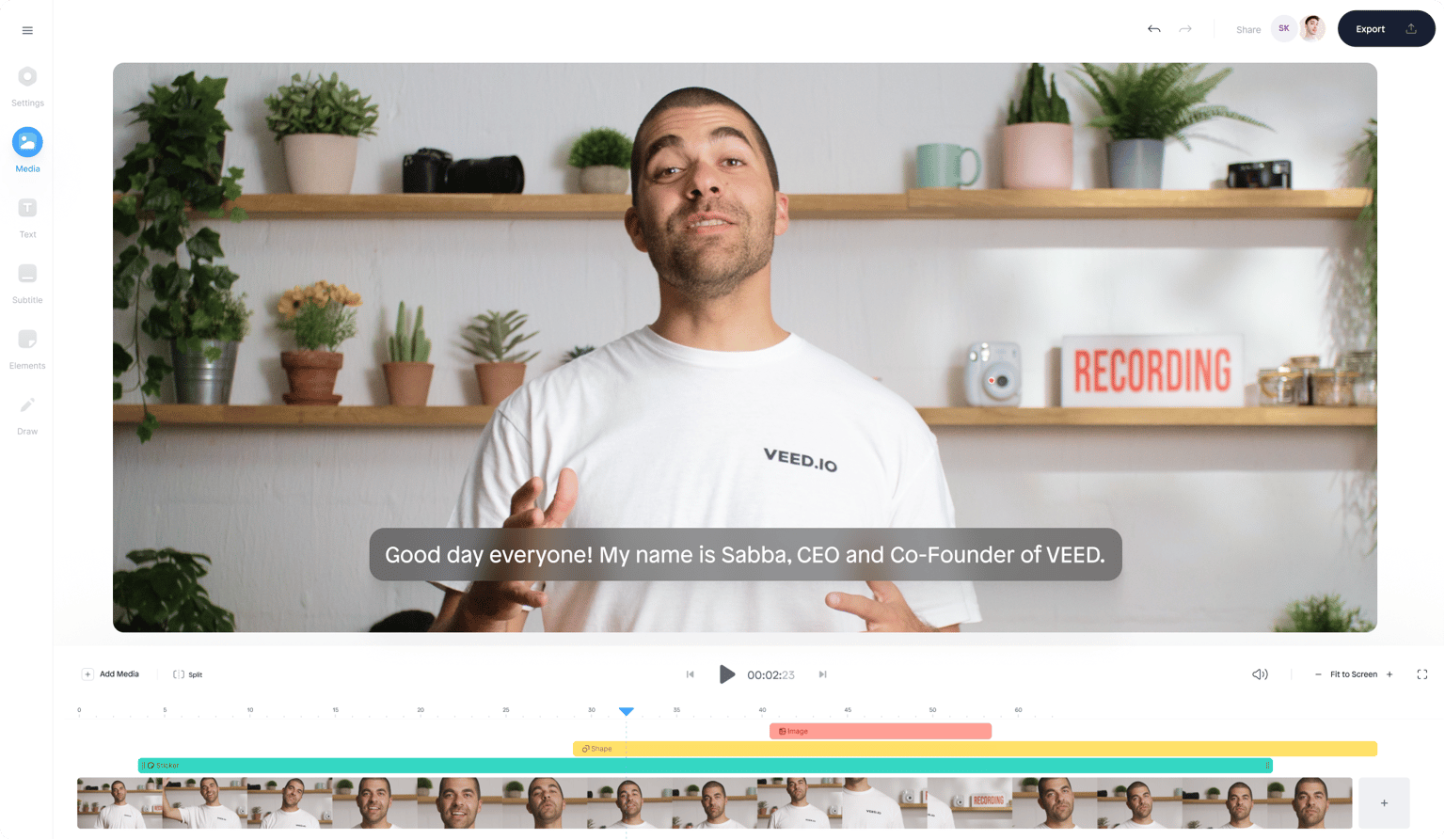One of the main objectives of architects is to come up with good ideas. But making sure it’s presented in a way that everybody can understand is just as crucial. Many designers have begun experimenting with AI-powered design tools in response to AI’s rapid popularity. Throughout their academic and professional lives, designers employ a wide range of techniques to exhibit their work. To successfully communicate with the audience, a presentation’s language and layout are of utmost importance. Posters, mood boards, and descriptive text creation take up a lot of time in our line of work as architects and designers.
Faster design and less time spent on presentation creation are both possible outcomes of access to a reliable information source. This frees up more time for innovative problem solving and design.
The introduction of state-of-the-art artificial intelligence (AI) tools for architects has quickened the pace of change in architectural design. The use of artificial intelligence is changing the way architects design, manufacture, and construct their work. By making better use of these tools, architects may speed up the design process, increase productivity, and free up resources for things like cost analysis as well as green construction projects.
Which AI Tools Are The Best For Architects?
The current design process might take months if not years, and architects can work alone or in groups to complete it. The time required to plan and prepare a building for construction can easily exceed a year. Although some of the more laborious procedures can be automated, a significant amount of manual effort and time is still required for the entire process.
Artificial intelligence’s ability to automate previously human-only tasks opens the door to new kinds of architectural innovation, efficiency gains, improved design, and less labor. To help make the architectural profession more interesting and engaging, we have compiled a list of AI tools that might be applied in the field. These popular AI-powered tools may help with floor planning, picture production, rendering, and more for designers and architects.
14 Tools For Architecture:
Interior AI

With the help of interior AI, interior designers can unleash their imaginations. Using either their webcam or their camera, the user uploads a 2D image of an interior space. Minimalism, Art Nouveau, Biophilic, Baroque, and Cyberpunk are among the sixteen themes that the program might apply to the image. Users may even select a different function for the room, like a kitchen, office, terrace, or gym, and the program will then create a whole new layout for them.
Archistar
Architects can use Archistar to get a bird’s-eye view of a site and access planning restrictions, including zoning, protected areas, and permitted construction heights. Adaptability to changing needs is a major selling point of Archistar’s dynamic design elements.
Midjourney
An AI tool for creating images. The San Francisco-based independent research lab Midjourney, Inc. developed and hosts the Midjourney generative AI program and service. It is among the most used tools for creating AI-generated images, alongside Dall-E and Stable Diffusion. The “prompts” feature allows Midjourney to transform text descriptions into visuals.

Midjourney offers several advantages to architects, including helping them save time and money while providing high-quality graphics, ideas, and more. Midjourney automates a lot of the repetitive design activities that architects have to complete, which saves them a lot of time. Also, by listening to architects, Midjourney’s generative design technology and machine learning algorithms may tailor their designs to their specifications.
TestFit
Builders, architects, and contractors can streamline site planning using TestFit, a real estate feasibility tool, and maximize their site’s potential in no time. Drawing design choices, Counting parking spaces, and estimating the yield on cost are all time-consuming tasks that TestFit can swiftly reduce by generating concept variants based on your configurable input.
Blue Digital Foam
When it comes to data mining, online collaboration, and user-friendliness, Blue Digital Foam is in a league of its own. The browser harnesses the power of comprehensive and adaptive generative design to help building designers complete better projects faster.
Sidewalklabs
Check out Sidewalklabs if you’re an urban innovator, architect, designer, or just a curious citizen. Algorithm Inc., a Google company, created this platform with the aim of building smarter, more efficient communities. In order to improve city life for all, Sidewalklabs provides a comprehensive overview of new approaches, tools, and research.
Finch
A platform for generating floor plans powered by AI. An artificial intelligence program, Finch optimizes designs using graph technology. Early on in the design phase, it gives you the best ideas, helps you find mistakes, and gives you fast feedback on how well the building is doing.

With this tool, users may readily experiment with different mass and program variants and repeat the process more rapidly. You may quickly evaluate several possibilities with Finch’s automated plan filling feature. Because Finch gives architects immediate input on carbon footprint, area and unit distribution, daylight simulation, and other important features, it saves them time by eliminating Excel roundtrips to compute vital figures.
Incorporating Finch into Revit, Rhino, or Grasshopper allows users to design building mass while taking advantage of bidirectional 3D data streaming. This opens the door for direct data feedback and Finch modifications.
Spline AI
The AI-powered 3D modeling platform. The 3D design tool Spline AI has AI-generated prompts that users can follow to create 3D models, animations, and textures. Users may now create scenarios and items by simply defining their desired outcome, all because of AI. Because of this, they are able to design more quickly and generate more ideas.

Designers can use text prompts in Spline AI to build object textures. Users can also apply materials and lighting and make changes to objects while collaborating in real-time.
Get floorplan

Get floorplan makes it easy to turn any concept into a fully editable 3D model. This will allow them to assess the design’s merits and shortcomings, as well as locate potential places for improvement and simplification.
Promptmakr
An Intelligent assistant-enabled prompt generator. For Prompt Engineers, Promptmakr is a free and unlimited resource for creating and sharing AI art prompts. Engineers can quickly and easily build their own library of high-quality prompts using the system’s easy interface.

Some of the many options available on Promptmakr include a military truck flanked by several people, food distribution, post-apocalyptic mayhem, foggy conditions, superb backlight, combat, octane render, backlight, cinematic settings, Indian street, market, and many more.
MagicSlides
An AI-driven tool for creating presentations. The Google Slides add-on MagicSlides makes it easy and fast to create presentation slides with any provided text using AI-powered technologies. Users are able to personalize their presentations with MagicSlides since it automatically summarizes the content and generates slides from it.

In a matter of seconds, MagicSlides can create a high-quality, professionally-designed presentation. Make a lasting impression on your clients or judges with the help of this tool.
Microsoft Designer
It is an AI-enabled graphic design tool. You can make images, illustrations, and whatever else your imagination can conjure up using Microsoft Designer, a web-based design tool. It uses artificial intelligence to make your lack of design expertise look like a pro. Microsoft designer using DALL-E 2’s underlying technology.

Create anything from social media posts and presentations to infographics, newsletters, banners, and marketing materials with the help of Microsoft Designer. A wide range of pictures, icons, as well as additional design components are at your disposal in Microsoft Designer. In most cases, these components are “vector-based,” which allows for scalable images that retain quality when scaled up or down.
VEED
Another great tool with a ton of functions is, An AI-powered video editing tool. It can do subtitles, edit, and encode, among other things. Whether you need to edit footage or add subtitles to a video, VEED allows designers to produce interesting presentations for their clients.

Designers looking to make eye-catching, professional-grade material will find VEED’s sophisticated features to be an ideal answer.
ArchitectGPT
It is a rendering tool powered by AI. With the help of ArchitectGPT, an AI-powered design tool, real estate agents, interior designers, and architects can easily generate visually appealing plans for clients’ homes by importing pictures. The program provides an extensive range of alternatives with tens to sixty-five or more design motifs, such as Art Deco, Modern, and Rustic, among many more.
With a few clicks, customers may personalize any space in the house, whether it’s a living room, kitchen, or bedroom, thanks to the user-friendly interface. A user-friendly drag-and-drop tool is also included for your convenience. The created photos can also be licensed for commercial use so that users can use them in marketing or other projects.







